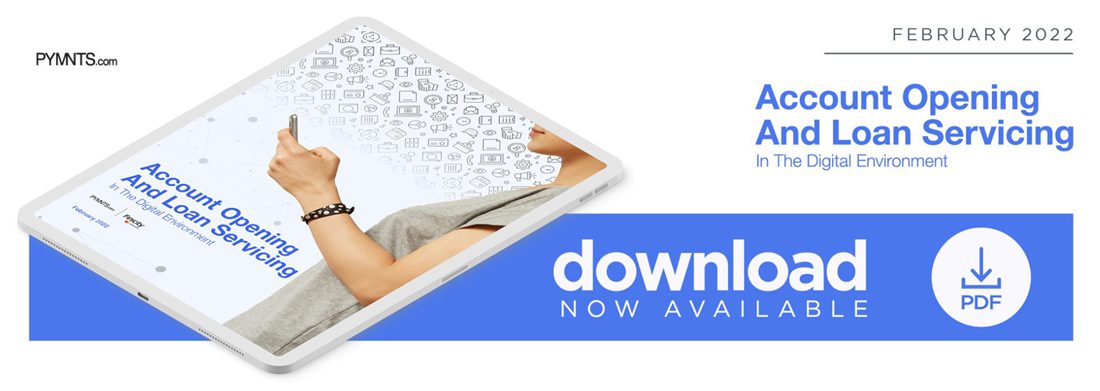
Five years ago, digital transformation in banking was focused on a product or a certain business line, but more recently, innovation has become an imperative. That was accelerated by the pandemic, which created an immediate need for frictionless onboarding with customers and clients and the ability to support faster payments.
“We see a combination of activities around rethinking current strategies to make them broader, but also taking a fresh look at how they’re approaching it,” Todd Raque, financial crimes compliance and anti-money laundering executive at Featurespace, told PYMNTS.
In the space in which he operates, the focus is on how to be more effective in the use of the digital experience in interacting with clients and how to be more proactive in identifying emerging risks. With the push to digital, there’s been an increase in fraud and financial crime.
“Being out in a digital environment and trying to be more innovative leads to a larger kind of threat exposure from a financial crime perspective,” Raque said.
Managing the Key Risks Associated With Digital Transformation
Two of the key risks that organizations must address as they begin their digital transformation are the cyber risks related to unauthorized use and the risk of data loss or leakage. To manage cyber risks, companies must maintain the integrity of their system, and to prevent data loss or leakage, they must ensure the protection of data across the ecosystem.
“Because implementation approaches are related and rely heavily upon partnerships and third-party providers, you have to manage those risks as it relates to entering into a relationship with a third party who helps you deliver modernization efforts,” Raque said.
Digital transformation also provides new and innovative ways to fight financial crime. For example, machine learning provides both supervised and unsupervised approaches to identify and detect suspicious activity.
Machine learning expands the company’s view in terms of identifying things of interest or potentially suspicious activity, bringing context from previous transactions to identify outliers that may be worth looking into. It also delivers operational efficiencies because it focuses on the things that matter from an investigative perspective, rather than things that give false positives.
Supporting Frictionless Customer Onboarding, Interaction and Payments
As companies look to modernize, they should have a coordinated, holistic framework around how to address risk, Raque said. Different stakeholders within the organization will have different views of risk, so there should be a consolidated framework to identify, handle and manage risks.
Companies should also make sure that their support of reasonable innovation aligns with their overall risk appetite and their governance structures.
“I think you have to be proactive in your relationships as you go down this path with your partners, the vendors that you work with, but also from a regulatory perspective, where you’re engaged in the right level of conversation, that you’re bringing everybody along and everyone’s aligned on the same outcomes,” Raque said.
In the coming years, there’s going to be more progress in terms of leveraging innovation, Raque said. For one thing, from a regulatory perspective, there’s likely to be new clarity and guidance coming out, especially around anti-money laundering (AML).
“Everyone’s used to a mobile experience, and that’s the channel that most customers are going to engage with you with, so there’s a huge opportunity to take advantage of all these things coming together and leverage the new capacity of some of this technology — not only in the fight against illicit finance and financial crime, but to help support a frictionless customer onboarding, interaction and payment experience,” Raque said.
——————————
NEW PYMNTS DATA: ACCOUNT OPENING AND LOAN SERVICING IN THE DIGITAL ENVIRONMENT
About: Forty-two percent of U.S. consumers are more likely to open accounts with FIs that make it easy to auto-share their banking details during sign-up. The PYMNTS study Account Opening And Loan Servicing In The Digital Environment, surveyed 2,300 consumers to examine how FIs can leverage open banking to engage customers and create a better account opening experience.
Recommended for you
Source: https://www.pymnts.com/fraud-prevention/2022/machine-learning-helps-financial-institutions-balance-risk-innovation/